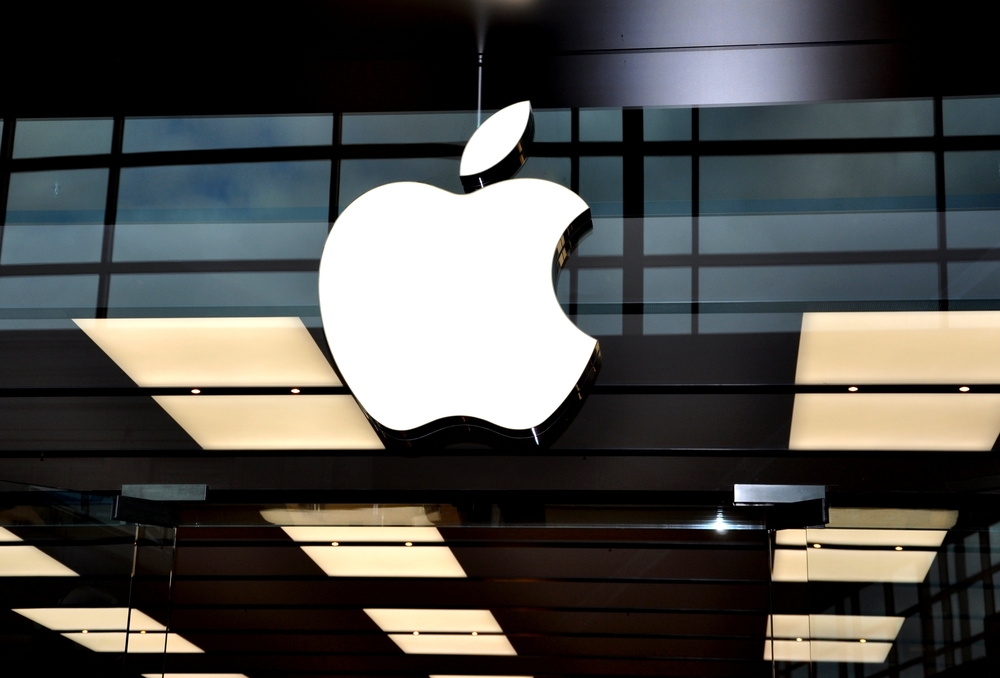Apple Is Changing Iphone Software After Ten Years
In the past few months alone, iPhone owners have run into some real whoppers. For instance:
D0es this mean that the quality of Apple software is slipping, as experts and armchair analysts have been debating for the last year? It’s hard to tell for sure — software always has bugs, and as Apple sells more iPhones, it increases the potential pool of people who will encounter any given glitch.
But the biggest sign that this is an issue comes from Apple itself, as it upends its traditional software release strategy.
This year, when Apple releases the next version of iOS, it likely won’t have a major redesign of the home screen or a big killer new feature, as previous versions of iOS have brought. Instead, the update will focus on bug fixes, stability, and getting things right, according to reports from Bloomberg and Axios.
Instead, when the next iOS comes out — probably in beta this summer, with a global rollout in the fall — it’ll probably be very similar to your current iPhone experience, but faster, more stable, and more reliable.
And isn’t that what everyone wants?
The decision to focus on bug fixes reveals a huge change in the way Apple develops software going forward.
One thing that makes Apple special among big tech companies, according to people who have worked at Apple, is the importance of the hardware release schedule across the company. Hardware needs to be designed, programmed, built, and shipped by a certain date, and you can’t go back and fix it after it’s done.
So the whole company keeps its eyes on the all-important product release schedule. Some compare it to an army marching: everyone moves forward in lockstep, with whole swaths of the company working towards a common goal.
But it trickles down to software as well. In recent years Apple has launched one big new version of iOS alongside the new iPhone. Those new releases come with so-called “tentpole” features — big new additions to iOS that the company uses to market the iPhone itself. Management assigns those “tentpoles” to a software group, who toil day and night to deliver the features by the phone’s release date.
So the fact that Apple is now taking a longer, less deadline-driven view to “tentpole” features is a big change. In fact, according to Bloomberg, engineering managers now have the authority to push back at management if they feel a feature can’t be properly implemented in time.
“Instead of keeping engineers on a relentless annual schedule and cramming features into a single update, Apple will start focusing on the next two years of updates for its iPhone and iPad operating system, according to people familiar with the change. The company will continue to update its software annually, but internally engineers will have more discretion to push back features that aren’t as polished to the following year.”
The change suggests that Apple now realizes that the vast majority of iPhone users are not necessarily the technology super-experts, as they might have been in the early days of the iPhone or iPad.
Instead, iPhone owners regularly use the devices as their main computer, day-in and day-out. For them, reliability is much more important than a software update that may add a feature their older phones don’t even support like the lip-syncing Animoji, currently an iPhone X exclusive. And that’s especially true if those software updates introduce the possibility of new bugs or glitches that complicate their experience.
So ultimately, this change is very good news for any iPhone owner. Innovation at Apple won’t stop — it still needs to sell new phones every year — but it suggests that Apple won’t be pushing out half-baked features just to make old iPhones feel new.
It’s probably also good news for software engineers at Apple, who may get to take a break now and then from the relentless marching forward of the army. Still, some all-nighters are probably yet in their future.
In many ways, the shift reported by Bloomberg and Axios show that Apple understands that the iPhone is no longer a young product. Ten years-plus, it’s fully mature.
And mature products don’t necessarily need to change every year for comparatively arbitrary reasons.
This line of thinking was highlighted by Steven Sinofsky, a former Microsoft executive and current Andreessen Horowitz board partner, who argued in a long series of tweets on Monday that Apple’s bugs aren’t necessarily more common than they were in the past. Instead, he says, the reported change to its software focus isn’t a reaction to outside criticism — it’s simply what any big tech company needs to do after a few years of building out its core product.
In other words, Sinofsky argues, what’s happening at Apple is a natural reaction to the balance a giant project like iOS needs.
And the “buggy feeling” is due to the fact that hundreds of millions of people use iPhones for hours per day. “What is different is that at scale a bug that happens to 0.01% of people is a lot of people,” he tweeted. “A stadium full or more.”
His takeaway? Don’t panic: Apple knows what it’s doing, and whatever change to its development process is currently going on will make Apple stronger in the long run.
This isn’t a move made out of desperation. Apple is deciding to head off a process that had stopped producing the desired output. A grand rethinking of how it’s going to produce software for iPhones is a very good development for all Apple users, especially those who value reliability and consistency.
The next iPhone update may not have super-Animoji. But if it crashes less, lots of people should be happy.

